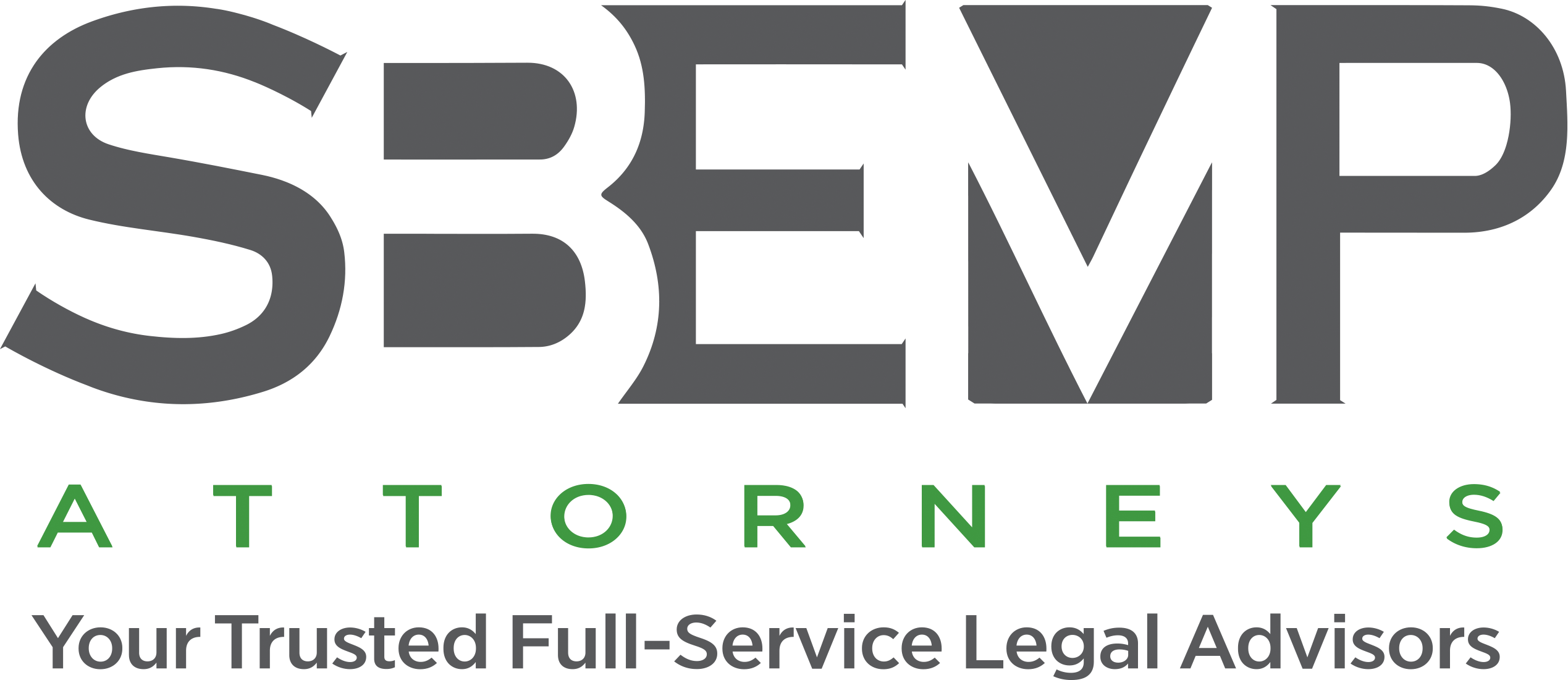You might own some real estate, but the way you use your property could be limited. There are zoning ordinances that can affect what you can and cannot do. The good news is that you have several options available to help you handle these types of conflicts. You want to be armed with knowledge of what to do whenever zoning regulations conflict with what your want to do with your own property. Learn and understand all about conditional use, non-conforming use, spot zoning, and zoning variances. Then you’ll be equipped to handle disputes.
Non-conforming Use
When you have a non-conforming use, it means there’s a conflict between what you as the property owner wants to do, and a new existing zoning law. It is a common occurrence to have existing uses or property qualities to be in conflict with some new zoning regulation. There are two ways that how you use your property may be labeled as ‘non-conforming’ –
(1). The nature of, or the characteristic of, a specific building, does not meet with the standards set by the new zoning laws.
(2). The activity taking place within a specific building does not conform to the zoning laws.
Example – A factory that is located within a residential zone (non-conforming use). Also, a 2-story building that exists within a 1-story zone (also a non-conforming use).
Anytime the subject of discussion ‘does not’ conform to the rules laid down within the zoning laws, it is deemed to be a ‘non-conforming’ use.
Usually, you will not have to stop any type of already existing non-conforming use that was in play before the new zoning law was passed. However, your right to continue this non-conforming behavior can be limited. If the owner stops the activity that is deemed as being a non-conforming use, after the zoning law is put in place, then those rights to participate in that activity can be lost.
Example – A restaurant property is located in an area, where new zoning laws now ban its practices from taking place there. It can continue on as it is for now. However, if it should close, and then re-open again, it would need to comply, or conform, with the new zoning laws, and adjust its characteristics accordingly. If the non-conforming issue was because of building characteristics, then the existing rights could end if that building was either partially or totally destroyed.
Another way non-conforming use is limited, is through amortization (time). After a certain amount of time, the property in question must be conformed to the conforming use.
Conditional Use
Conditional use means whatever us the zoning law allows, but only under certain conditions.
Example – There is a zoning ordinance that permits professional offices to exist within a certain residential zone, as long as they provide off-street parking.
The zoning laws often mandate the approval for, and confirmation of, conditional uses. Owners would have to follow the guidelines of a set application and approval process that goes before a zoning board and certain officials.
Variances
Variances are special use permits. They are an exception to the new zoning ordinance requirements. Most any laws that allow a governing body to adopt a zoning ordinance, will also provide specific guidelines for the granting of variances.
In most cases, some sort of hardship must be proved for justifying a variance request.
Example – An undersized lot. In this case a variance would be needed before constructing any type of useful structure or an odd-shaped lot. In this case the side yard requirements, or setback demands, cannot be met during the building of a house. However, at any other time this house would meet all the zoning requirements.
Spot Zoning
The zoning ordinances along with local land use plans, will usually carry restrictions on specific land uses. This is especially true with certain areas, or ‘zones’, that are outlined within the ordinance or plan.
Let’s say a local government has adopted an ordinance or zoning plan. Now the property owners could seek exceptions to these new requirements or limitations. They can do this by –
(a). Amending the Ordinance or Plan
(b). Applying for a Special Use Permit or a Variance
Either way, there could still be some opposition. The reason would be based on the grounds that this exception is in direct conflict to the overall land use intended by the ordinance or plan, and the result is called ‘spot zoning’.
There are many issues involved with the handling of ordinances and land use plans. All properties are unique. There can be options you are not aware of when dealing with zoning laws, depending on what the facts are in your particular case. That’s why you should trust your case to a Coachella Valley land use and zoning attorney. They understand all there is to know about these matters, and can represent you in a way that gets you what you deserve.
If you are seeking a variance from some local zoning board, and need to get answers to questions like ‘who could be protesting my application?’, or ‘is the opposition to my request limited only to my neighbors?’. Maybe you want to know what the limits are on the new zoning changes, and what your rights are. Real estate and land law attorneys in Coachella Valley can get you those answers and more. Call us today to find out!


